The first MSC-certified line-caught fish from Iceland is hitting Sainsbury’s now. Nick Hughes visits the country to see if its tie-up with Saemark presents a blueprint for the future
“I don’t have to put on a show. This is how we do things here,” boasts Saemark production manager Gunnar Ólafur as he registers my surprise at the scene that confronts me.
A fish processing plant wasn’t meant to be like this. I’d pictured myself wading through rivers of fish oils and flow ice, serenaded by the sound of piscine butchery yet the floor is clean enough to eat a fish supper off, and the only disturbance to the peace is the humdrum purr of the conveyor belt that transports the fish through the gutting and filleting process to one of the huge, coloured boxes at the end of the line.
The blue boxes from Saemark’s plant, in the port of Hellissandur on the south-east coast of Iceland, are bound for Sainsbury’s in the UK. They are full to the brim with the first ever batch of Icelandic line-caught cod and haddock certified by the Marine Stewardship Council (MSC) which is hitting shelves now.
It’s a significant landmark for export and marketing business Saemark and also for Sainsbury’s, whose ultimate aim is to have all its fish MSC-certified.
The journey with Saemark began in late 2006 when Sainsbury’s made the decision to move into line-caught cod and haddock. “Not only is the quality of the fish from the line-captured fishery excellent, line-captured is also a more selective fishing method, so you get less by catch than you do in trawl-captured fisheries,” explains Ally Dingwall, Sainsbury’s fisheries and aquaculture manager.
Since the partnership began, Saemark and its processors have been busy bringing their practices up to the MSC standard, which requires fisheries and their vessels to meet strict criteria around stock levels, environmental impact and management of fisheries.
Central to all this is the system Saemark has put in place to ensure full traceability of its cod and haddock. Each 5kg box of fish from Saemark’s fishing partner Hraðfrystihús Hellissands carries a serial number which, when entered into a database, can tell you which boat hooked the fish, in which catching zone it was caught, which aeroplane transported it to the UK and which store it ended up in.
Saemark’s sustainable aspirations are admirable, but not all Icelandic fishermen share its enthusiasm for the MSC scheme. Detractors argue it is unnecessary as the industry has effectively been sustainable since the mid-1980s, when the government realised stocks would not be able to support the huge number of businesses that depended on fishing, so slashed the quota.
The way they manage their fisheries is also inherently superior, they claim, pointing out that in Iceland, unlike the EU, discards are banned. That means everything caught is landed and either exported or when there is no export market, as with shark eaten domestically.
“Icelandic fishermen have been fishing sustainably for years,” affirms one industry veteran. “They think, ‘why do I need a logo to prove it?’”
To further muddy the waters, Iceland already has its own sustainability scheme: the Iceland Responsible Fisheries mark. Although 72% of Sainsbury’s Icelandic cod and haddock is now MSC-certified, there is still work to be done to convince Sainsbury’s other Icelandic suppliers the scheme is right for them.
“Clearly there is loyalty to the Icelandic scheme,” says Dingwall. “They are a very proud nation and very proud of their fisheries management, and quite rightly so.”
That said, the Icelandic mark has limited traction in overseas markets and Dingwall hopes the Saemark endorsement will prove a “watershed moment” for the MSC label in Iceland. MSC chief executive Rupert Howes is confident that the Saemark certification will act as a catalyst for others to come on board. Iceland’s biggest seafood supplier, Icelandic Group, has already submitted all its cod and haddock fisheries for assessment, and Howes believes there is growing recognition of the value of the label.
“The MSC concept has proven that a credible, robust, globally recognised certification programme can add value to sustainable fisheries and seafood businesses that supply sustainable seafood,” he says. “It’s good for sustaining livelihoods, it’s good for the environment, it’s good for contributing to global food security and it’s good for consumers and that’s really what the MSC is about.”
Currently, 79% of Sainsbury’s total cod and haddock supply is MSC-certified and Dingwall’s next goal is to push that figure up to 100%. He has a deadline in mind, and although he’s not prepared to reveal it, it’s clear Sainsbury’s is well on the way to hitting it. The retailer has already achieved certification for Pacific cod and haddock from its Norwegian offshore fishery, while its inshore Norwegian fishery is close to completing the certification process.
Aside from cod and haddock, Dingwall cites farmed warm water prawns as the species where there is the greatest room for improvement particularly when it comes to sourcing fish meal, which is used as feed, from sustainable stocks.
As for whether or not the MSC logo is commanding a price premium, Dingwall says, “sometimes it is and sometimes it isn’t”. It’s clear that it can provide a competitive advantage, however. After the first Fish Fight programme, Sainsbury’s saw a significant surge in demand for its sustainable pole and line-caught tuna.
Dingwall believes that as awareness of the MSC logo grows, retailers engaging with the sustainability agenda will reap the benefits. “Perhaps you don’t see the value of that immediately, but when there’s an emotional stimulus you see a return,” he says.
And ultimately, it will be those that play the long game like Sainsbury’s and Saemark that land the big catch in terms of consumer loyalty.
How retailers tackle fish
As part of its Plan A, 84% of the wild fish sold at M&S is now independently certified by the MSC or undergoing MSC certification.
Tesco sells some MSC-certified fish, but claims the volume of its seafood sales means that schemes such as the MSC’s cannot provide the quantity of fish it needs. It has therefore decided to develop its own sustainable fisheries evaluation scheme, to work alongside and in support of existing accreditation bodies.
Asda aims to sell 100% sustainable fish by 2015, as assessed by the Sustainable Fish Partnership. Morrisons says it only buys seafood deemed sustainable and from non-pressured stocks. Waitrose will not list any species deemed to be endangered or under threat.







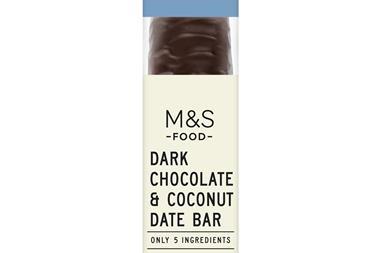

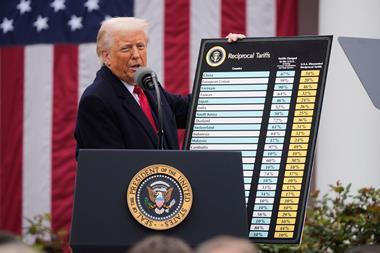
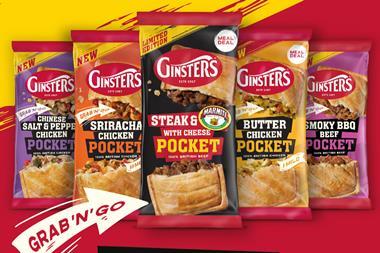
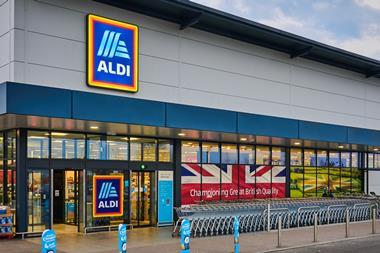




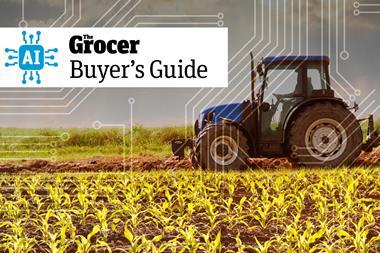


No comments yet